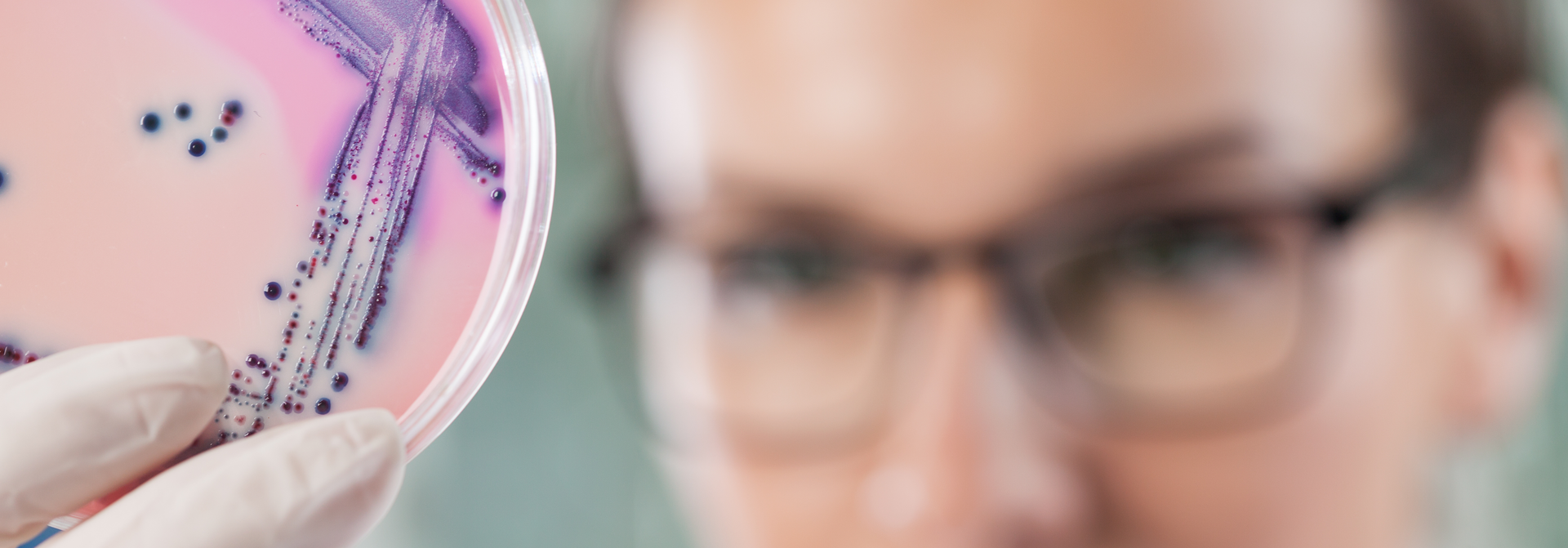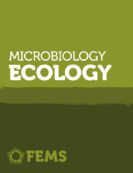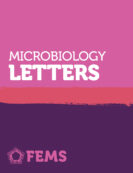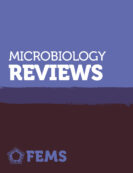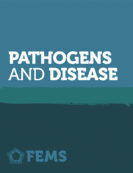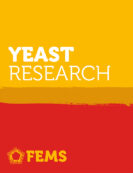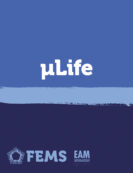FEMS Microbiology Ecology Poster Prize: Dmitrii Deev
We send our congratulations to Dmitrii Deev, who won a poster prize at the FEMS Conference on Microbiology. This award is sponsored by our journal FEMS Microbiology Ecology.
The FEMS Conference on Microbiology (#FCOM22) took place on the 30rd June until the 2nd July in Belgrade, Serbia. With 450 posters on display the FEMS Microbiology Ecology editorial board selected Dmitrii ‘s poster about his work on colloid biology as the best poster.
Read our interview with Dmitrii about his research below:

What is your current position, and what was your scientific journey to get there?
I’m 3rd year PhD student at Jozef Stefan Institute (JSI), Department of Environmental Sciences, Ljubljana, Slovenia. I did my bachelor’s and master’s in microbiology at the biological faculty, Saratov State University, Russia. My topic was on the isolation and characterization of new oil-degrading bacterial strains. In 2019, I joined the colloid biology group at JSI led by dr. Ales Lapanje, where I began to develop methods for making synthetic aggregates in order to study intercellular interactions.”
Could you describe the research your poster covered?
The work I presented at the FEMS conference represents the proof of concept, where we showed that we can build synthetic structures comprised of different bacteria resulting in spatially oriented synthetic bacterial communities. In order to succeed in this, we considered bacterial cells as colloids with a particular surface charge that can be modified. Here we applied the method of modifying the surface charge of bacteria using electrostatic encapsulation, which leads to aggregation when cells with opposite charges are present in the colloid suspension. Our results show that we managed to build spatially oriented 3D structures where cells of facultative anaerobic bacteria of Shewanella oneidensis metabolically deplete oxygen within the core, forming two niches, anaerobic and aerobic, and resulting in the reduction of heavy metals within the core and in overall aerobic conditions.
The method is a big step forward towards a better understanding of the inter-species interactions as it allows us to carry out controlled studies of bacterial 3D structured communities in vitro. At the same time, it can facilitate many biotechnological processes and bioremediation applications through niche structuring as it is shown in the case of Shewanella.”
What do you hope to focus your research on in the future?
In the future, I hope to focus on the detailed characterization of artificial communities since our results show that we have barely scratched the surface so far. Using different interdisciplinary methods (-omics, conventional microbiological approach, analytical chemistry) we’d like to show the functional features of such structures and how different types of bacteria respond to aggregation and entrapment in such structures.”
–
We use income from the FEMS Journals to fund grants, awards, and projects, and to support our knowledge sharing events and initiatives. Consider publishing your research with our journals to help the global microbiology community.
All but one of the FEMS journals are now fully open access (OA), with one journal, FEMS Microbiology Letters remaining a subscription journal with free-to-publish and OA options. Open access is key to supporting the FEMS mission of disseminating high quality research as widely as possible: when high quality, peer reviewed sound science is open access, anyone, anywhere in the world with an internet connection, can read it.
